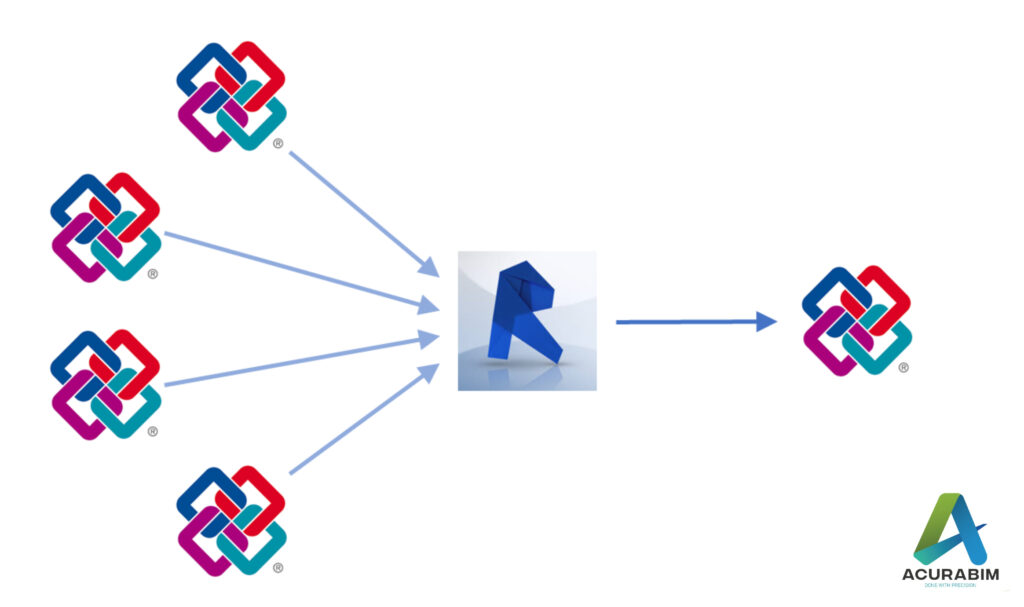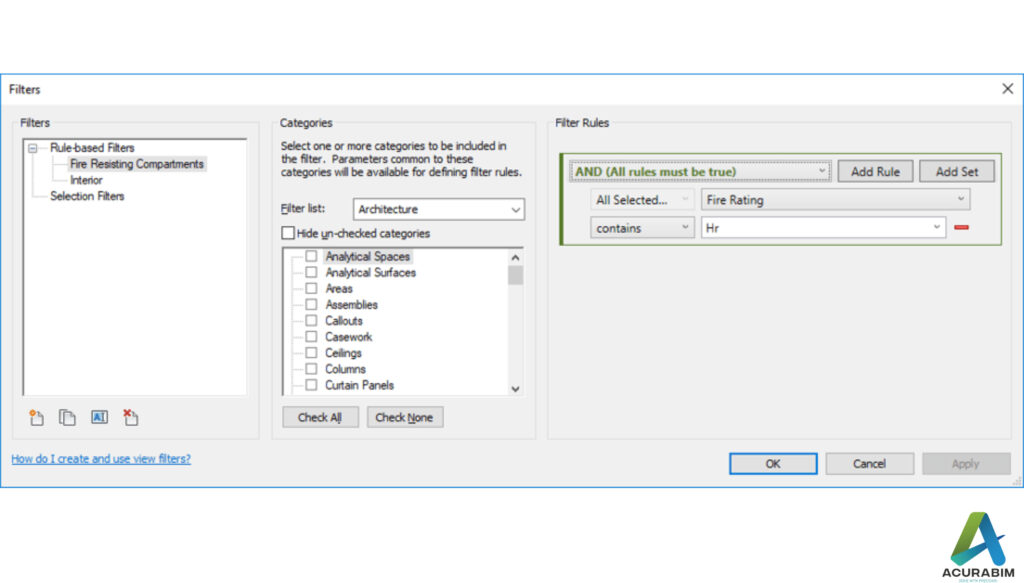PDF to CAD Conversion by acurabim engineers
PDF to CAD conversion is a process of converting PDF files into CAD files. This process is commonly used in the engineering and manufacturing industries to convert PDF drawings and designs into CAD files that can be used in the CAD software for further design and manufacturing purposes.The process of PDF to CAD conversion involves converting PDF documents into vector graphics, which can be further manipulated in CAD software. The process involves scanning the PDF document, extracting the vector data, and converting it into a CAD file. It is important to note that the quality of the PDF document needs to be high enough to ensure the accuracy of the conversion.Once the PDF document is converted into a CAD file, it can be further edited and used for various design and manufacturing tasks. CAD files can also be exported in various formats, such as DXF, DWG, and others, for use in different software.It is important to note that PDF to CAD conversion is a complex process, and it is highly recommended that only experienced professionals do this task. Professional CAD conversion services are available to help with the conversion process. Additionally, there are many software programs available to help with the conversion process. Why Choose Our PDF to CAD Conversion Services? Accurate Conversions: We ensure the highest level of precision in converting your PDF documents into CAD files, maintaining the integrity of your designs. Time-Saving: Skip the time-consuming task of manual redrawing. Our services offer a fast turnaround time, helping you focus on other aspects of your project. Flexible Formats: We offer conversion to various CAD formats such as DWG, DXF, DGN, and more, catering to your specific needs. Cost-Effective: Our PDF to CAD conversion services are affordable, offering excellent value for money while enhancing your project efficiency. High-Quality Output: We deliver high-resolution and error-free CAD files that are ready for modification, printing, and use in your projects. Benefits of PDF to CAD Conversion: Editable Designs: Once converted to CAD, your designs can be easily modified, updated, and scaled according to your project requirements. Compatibility: CAD files are compatible with a wide range of design, engineering, and drafting software, allowing you to integrate your project seamlessly into your workflow. Efficient Collaboration: Share CAD files with your team, clients, or stakeholders for better collaboration and smoother project execution. Preservation of Details: Our conversion process ensures that all crucial design elements, such as measurements, annotations, and symbols, are accurately transferred to the CAD file. Industries We Serve: Architecture Construction Engineering Manufacturing Interior Design Urban Planning We Acurabim Engineers provide advanced PDF to CAD Conversion Services that turn raw data into valuable, actionable CAD and BIM models. PDFs are rich in information, often generated through scanning technology, and our conversion services ensure this data is seamlessly integrated into your projects with exceptional accuracy and adherence to quality standards.
PDF to CAD Conversion by acurabim engineers Read More »





